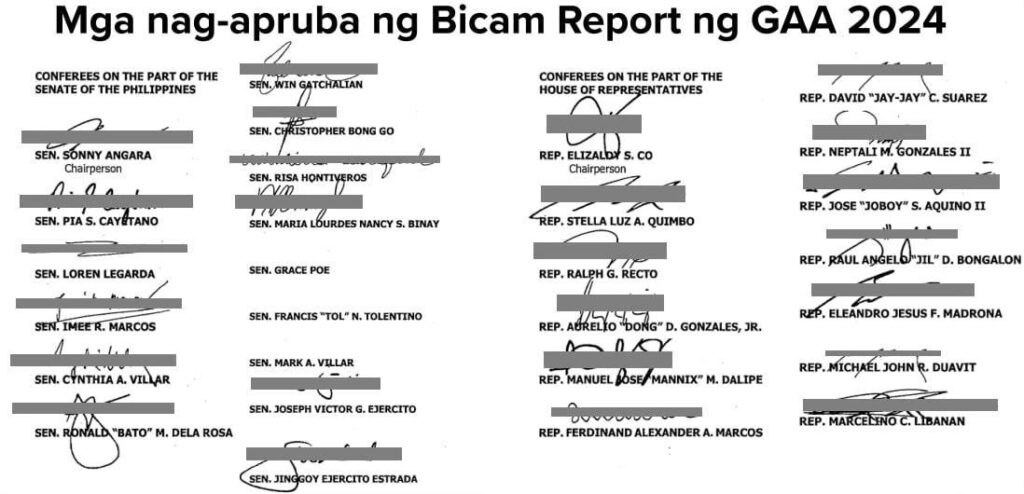One of the most surprising realities in our political landscape today is that many Filipinos, especially younger ones, still believe that the Martial Law years under Ferdinand Marcos Sr. were a “golden age.” Some even go so far as to insist that the horrors of torture, disappearances, and extrajudicial killings were inventions of so-called “anti-Marcos” forces who supposedly rewrote history to discredit him. However, upon a sober examination of the record, this claim quickly falls apart.
The truth is that evidence of widespread abuse under Martial Law comes not from politicians, but from independent international investigations. Amnesty International sent fact-finding missions to the Philippines in the mid-1970s — while Marcos was still in power — and reported thousands of cases of torture and killings. The International Commission of Jurists in Geneva reached the same conclusion: human rights abuses were not isolated events, but systematic practices of the security apparatus.
Court rulings further confirmed this. In the United States, the Hilao v. Estate of Marcos class action lawsuit found the Marcos estate liable for torture, summary executions, and enforced disappearances, recognizing nearly 10,000 victims. In the Philippines, the Supreme Court ruled in Republic v. Sandiganbayan that US$658 million in Marcos Swiss deposits were ill-gotten wealth. These are not propaganda statements. They are binding legal decisions backed by evidence.
Ironically, it was Marcos himself who rewrote history first. When he declared Martial Law in 1972, his government immediately shut down newspapers, radio, and television stations. A state-run information ministry dictated every headline, every broadcast, every message. What emerged was a narrative of discipline, infrastructure, and a “New Society.” The darker reality of torture chambers, rural massacres, and ballooning foreign debt was hidden from the public eye.
After the fall of Marcos in 1986, justice was partial and slow. Billions of pesos in wealth were recovered, but very few human rights perpetrators faced prison time. Reparations to victims took decades. Education about Martial Law was patchy: some textbooks gave only cursory treatment, while civic institutions like Bantayog ng mga Bayani lacked the reach to anchor memory nationwide. By the time the Supreme Court allowed Marcos Sr.’s burial at the Libingan ng mga Bayani in 2016, symbolic rehabilitation was complete in the eyes of many.
This environment made it easy for the myth of a golden age to survive. Add to that the frustrations of ordinary Filipinos with post-EDSA democracy: persistent corruption, inequality, and the feeling that elite families still ran politics as before. These disappointments created fertile ground for authoritarian nostalgia — the idea that maybe, just maybe, life really was better under a strongman.
Then came the social-media revolution. From 2010 onward, organized networks of PR strategists, influencers, and “click armies” began flooding Facebook, YouTube, and TikTok with slick content portraying the Marcos years as prosperous and disciplined. Videos highlighted roads, buildings, and “Filipino pride” — but left out debt defaults, bread queues, or the human rights abuses. Scholars and fact-checking groups have identified Martial Law “golden age” myths as among the most viral falsehoods online.
The economic story is perhaps the most misunderstood. It is true that the Philippines posted growth in the early 1970s, but this was fueled by massive foreign borrowing and crony monopolies. By the early 1980s, the country was drowning in debt, the peso had collapsed, and the economy contracted sharply. The supposed “golden age” was in reality a credit bubble that exploded, leaving ordinary Filipinos to suffer.
International media have taken notice. Reuters, Time, and The New Yorker have all documented how pro-Marcos nostalgia content has outpaced fact-checks online. The world sees clearly what is happening: history is not being remembered, it is being actively rewritten in the age of algorithms.
So when someone says “the anti-Marcos camp rewrote history,” the better question is this: did Amnesty International, the ICJ, the Philippine Supreme Court, U.S. federal courts, and even the World Bank all conspire to smear one man? Or are they simply recording the truth? The evidence is overwhelming that the narrative of a golden age is the real rewriting of history — one that started with dictatorship propaganda in the 1970s and continues today in TikTok soundbites.
The challenge for us is not just to debunk lies, but to understand why they resonate. Filipinos cling to the myth of Martial Law not because the facts changed, but because hopes in democracy were disappointed, memory institutions were weak, and social media gave the old propaganda new life. If we want the truth to win, we need stronger education, faster fact-checking, and above all, a democracy that actually delivers. Only then can we stop living in the shadow of a past that too many were convinced to remember wrongly.
————————————————————
Rafael “Raffy” Gutierrez is a Technology Trainer with over 25 years of experience in networking, systems design, and diverse computer technologies. He is also a popular social media blogger well-known for his real-talk, no-holds-barred outlook on religion, politics, and philosophy.




